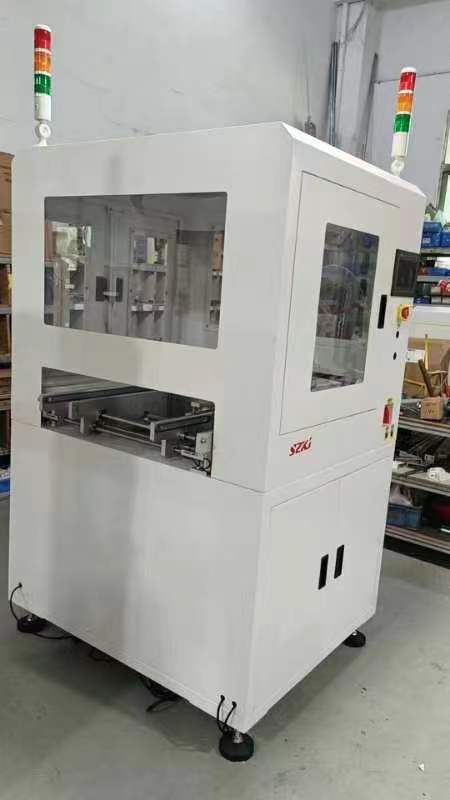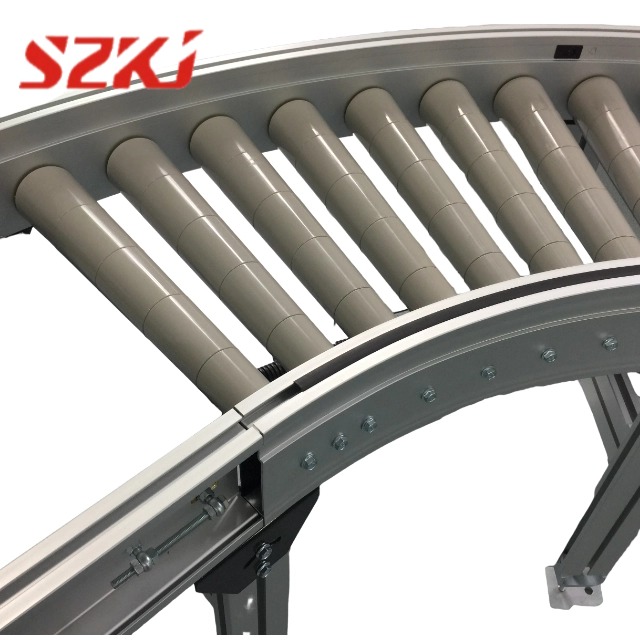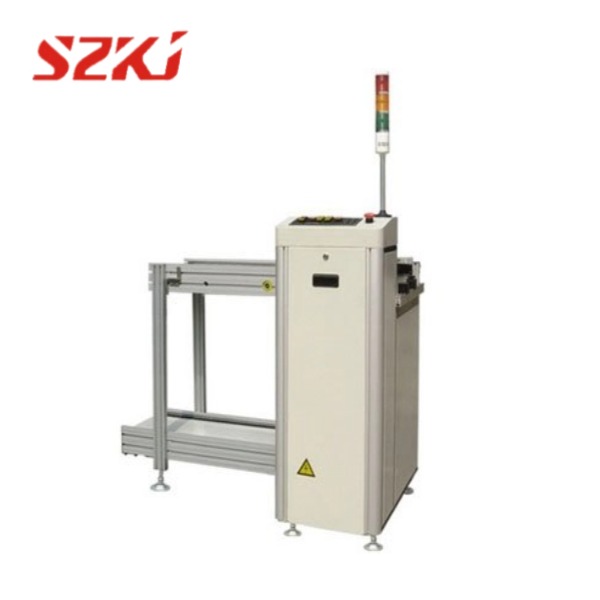Table of Contents
ToggleSurface-mount device (SMD) technology has revolutionized modern electronics by enabling compact, efficient, and reliable designs. One of the most critical aspects of SMD components is understanding the various SMD sizes and their dimensions. This knowledge is essential for designers and engineers to ensure compatibility and optimal performance in electronic assemblies.
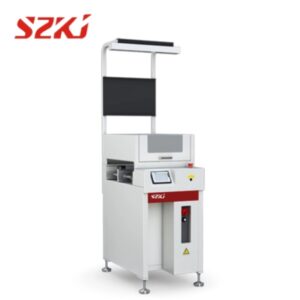
What Are SMD Packages?
SMD packages are a type of electronic component designed for surface-mount technology (SMT), where components are mounted directly onto the surface of printed circuit boards (PCBs). Unlike through-hole components, which require drilled holes, SMD packages save space and allow for higher component density, making them indispensable for modern electronics such as smartphones, laptops, and IoT devices.
Common SMD Sizes and Dimensions
SMD sizes are standardized to facilitate global manufacturing and compatibility. Below are some commonly used SMD package sizes:
- 0201 (0.6 × 0.3 mm):
- The smallest SMD size, suitable for ultra-compact devices.
- Commonly used in applications like hearing aids and compact sensors.
- 0402 (1.0 × 0.5 mm):
- Popular for high-density PCB designs.
- Used in mobile devices and other portable electronics.
- 0603 (1.6 × 0.8 mm):
- Widely used in consumer electronics.
- Balances compactness with ease of handling.
- 0805 (2.0 × 1.25 mm):
- Offers higher power ratings.
- Common in automotive electronics and industrial equipment.
- 1206 (3.2 × 1.6 mm):
- Ideal for applications requiring higher current handling.
- Found in power circuits and LED lighting.
- 1210 (3.2 × 2.5 mm):
- Suitable for applications needing higher capacitance.
- Used in power supplies and RF circuits.
Understanding these SMD sizes helps engineers select the right components based on space constraints and electrical requirements.
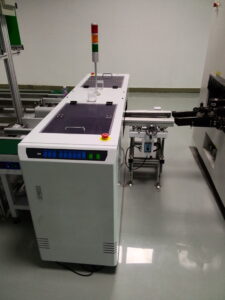
Factors to Consider When Choosing SMD Packages
When selecting SMD packages, consider the following factors:
- Power Ratings: Larger SMD sizes like 1206 and 1210 typically handle higher power and current.
- Space Availability: Compact devices benefit from smaller SMD sizes such as 0201 or 0402.
- Assembly Process: Ensure that the chosen SMD size aligns with the manufacturing capabilities and soldering techniques.
- Application Requirements: High-frequency circuits may require specific SMD sizes for optimal performance.
Popular Applications of SMD Packages
SMD components are used in various industries, including:
- Consumer Electronics: Smartphones, tablets, and wearable devices utilize smaller SMD sizes for compactness.
- Automotive Electronics: Larger SMD sizes are common in power management and sensor systems.
- Industrial Equipment: Durable and high-power SMD packages are employed in machinery and automation systems.
- LED Lighting: SMD LEDs, such as 3528 and 5050, are prevalent in lighting applications.
Recommended Products
For designers looking to source reliable SMD components, consider the following:
- Resistors and Capacitors: Brands like Vishay and Murata offer a wide range of SMD sizes with excellent reliability.
- SMD LEDs: Opt for Cree or Nichia for high-performance lighting solutions.
- Inductors: Coilcraft provides quality SMD inductors for various applications.
Conclusion
Understanding SMD sizes and their dimensions is vital for successful electronic designs. Whether you’re working on compact consumer gadgets or robust industrial systems, selecting the right SMD package ensures efficiency and performance. By keeping up with the latest trends and advancements in SMD technology, designers can create innovative products that meet the demands of modern applications.
Looking for premium SMD components? Check out our recommended suppliers for high-quality options tailored to your needs.

